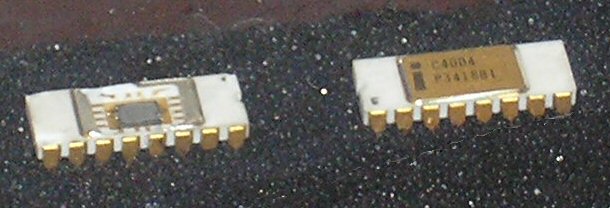A few years ago I found myself taking a Swedish immersion language class in Stockholm with three other American coworkers. For those who have not taken an immersion language class, the entire class is taught in the language you're trying to learn. This is a very effective way to learn, but often results in confusion as you try to figure out what the teacher is trying to communicate.
One evening, the teacher pointed at the ring on another classmate's hand. He said "gift" and wrote it on the board. We looked at each other in confusion, thinking "How does he know it's a gift? Maybe she bought it for herself?
The next thought was, "Maybe it means something else in Swedish?" My three coworkers pulled out their little 22,000 word Berlitz Swedish/English dictionaries and searched for "gift". Ah ha! It does have a different meaning in Swedish! It means.... "poison". Poison? It's a poison ring? Who wears a poison ring?
I also had the little Berlitz pocket dictionary, but I'd also brought a 174,000 word dictionary. Sure enough, it too gave a translation of "gift" as "poison", but unlike the Berlitz dictionary it also gave a second translation: "married".
See, it's possible for the same word to have more than one meaning. The same goes for acronyms.
Almost all digital logic integrated circuits in use today use a technology known as Complementary Metal Oxide Semiconductor, usually known by the acronym "CMOS". But there are a number of other technologies out there, some still in use and some that are not. Many will be familiar with Transistor-Transistor Logic or TTL. But before TTL came RTL: Resistor-Transistor Logic. This technology used NPN bipolar transistors with integrated pull-up resistors, and was one of the first successful series of small-scale integrated logic circuits.
The RTL Cookbook (pdf), written by Donald E. Lancaster and first published in 1969, was a very popular introduction to this logic family. My first introduction to integrated logic circuits was another of his books, the TTL Cookbook.
Here's Figure 1-1 of the RTL Cookbook, showing the structure of the basic RTL building block, the 2-input NOR gate:
 Notice the similarity between this and the 2-input NOR gate found in the i4004.
Notice the similarity between this and the 2-input NOR gate found in the i4004.
The primary difference is the use of bi-polar NPN transistors in RTL, and P-channel MOS transistors in the i4004, but the operation is basically the same.




